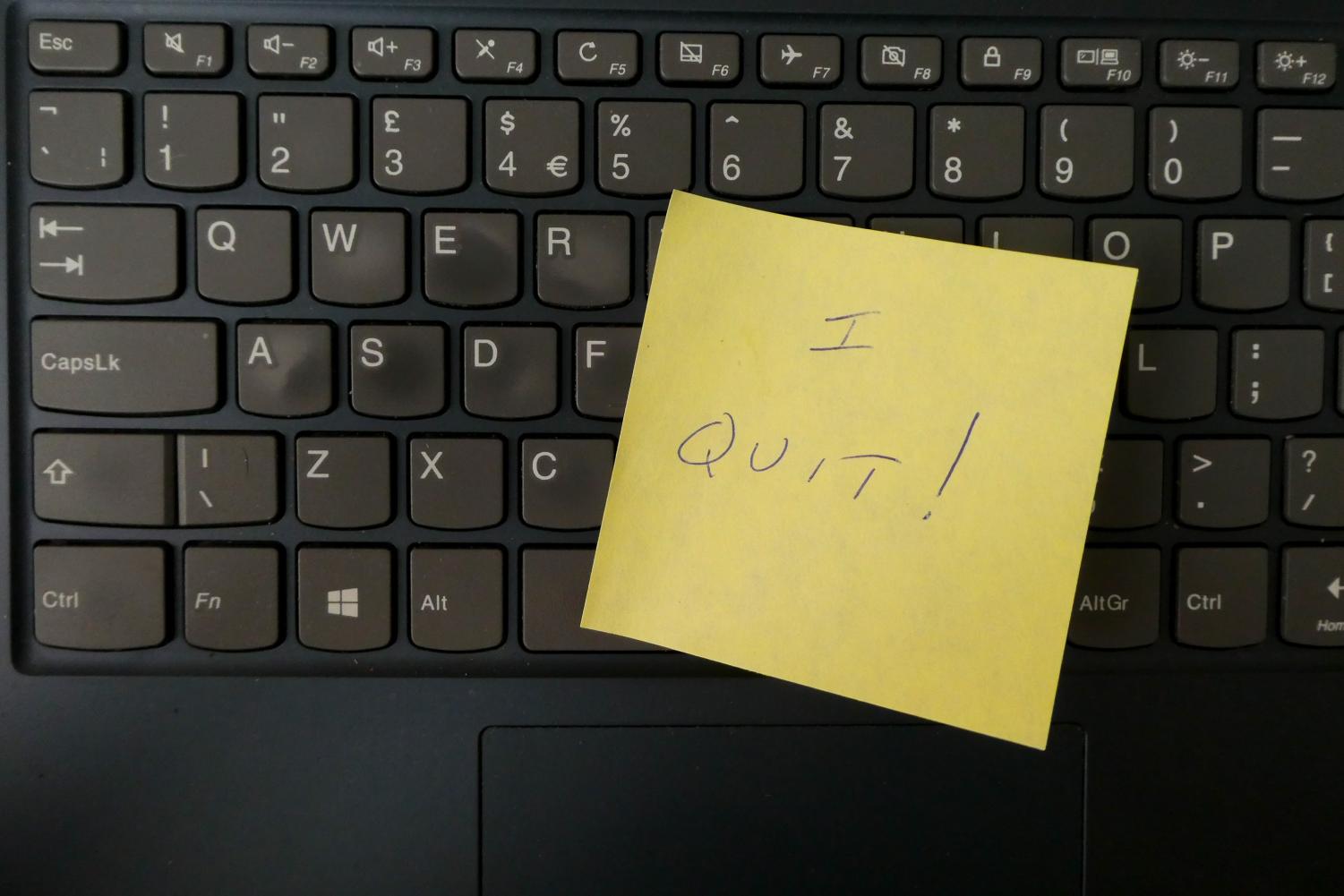After the recent observance of the Labor Day holiday, many contemplate the effects of the Great Resignation, the phenomenon of quiet quitting and the influx of flexible working arrangements. The rapid shift of worker mentality has some employees shifting from a willingness to go beyond their employers’ expectations to a decision to only perform their assigned tasks.
GREAT RESIGNATION
According to the U.S. Department of Labor, resignation, or ‘quits,’ are “generally voluntary separations initiated by the employee. Therefore, the quits rate can serve as a measure of workers’ willingness or ability to leave jobs.”
While the pandemic is a key factor in the Great Resignation, the issue of workers quitting their jobs in large amounts plagues recent history. Throughout the past couple of years, resignations skyrocketed, reaching its peak in 2021 and 2022. According to CNBC, an estimated 42.9 million people quit their jobs in 2019. In 2021, nearly 47.4 million people resigned from their jobs. Around 4 million people quit their jobs in June 2022 alone, a trend that followed throughout the entire year.
With the large levels of people quitting their jobs, the rate of resignations outnumbers the rate of employment. McKinsey and Company, a U.S. management consultant, found that “even as employers scramble to fill these positions, the voluntary quit rate is 25 percent higher than pre-pandemic levels.”
Though the wave of resignations is largely attributed to the pandemic, rates of resignation decreased during 2020. Comparing resignation rates between the years 2020 and 2021, there is nearly an 11.5 million person difference, with 2020 having the lower resignation rate. However, with this small diversion, it is expected that resignation rates will continue to trend upwards not only in the United States but all around the world.
QUIET QUITTING
Generation Z coined the term “quiet quitting” to describe a new mentality of how to work. What began as a viral trend on TikTok became a way of encouraging workers to stay within their job description and avoid going above and beyond their designated tasks.
This movement is making its way into many work environments. Employees claim that by doing the minimum amount of work, they are prioritizing themselves. An article by the New York Times states that for some, quiet quitting was a way to mentally check out of work; for others, it was about receiving additional compensation for extra work.
More and more people are rejecting the idea of “hustling” at work for no recognition. Employees say that this is a way to prioritize hobbies, mental health and even creating healthy boundaries in the work environment. Though this is a way for employers to demand less from employees, employees are beginning to demand more from employers.
While quiet quitting may benefit the worker, employers are worried that this movement may harm the workplace. Questions about team contribution are being raised, often worrying that employees withholding from quiet quitting will face difficult circumstances. Employers have emphasized that there is a way to create healthy boundaries without disrupting their workload.
DETAILED DEMANDS
With the influx of changes in the work environment that came with the pandemic, many employees seek to accommodate the new work environment.
“Current trends in business and technology show that the way employees work — where, when, why and with whom — have and will continue to change over the next decade, bearing little resemblance to work as it stands today,” stated an article by Gartner.
During the pandemic, many faced a new normal of working from home. According to TechRepublic, 58 percent of Americans have transferred to hybrid ways of working and many employers now demand remote hours. In a survey conducted by Microsoft, over 70 percent of workers expressed a desire to have the option of working remotely and around 66 percent of employers have begun to consider how best to support a hybrid work model.












